
Andy Kirk looks at some neat techniques to achieve responsive CSS patterns while we wait for element and container queries to be available!

Andy Kirk looks at some neat techniques to achieve responsive CSS patterns while we wait for element and container queries to be available!

CSS animations are fast becoming an essential design tool and tap into a more engaged audience through micro interactions and visual validation.
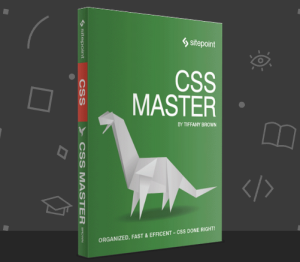
Perhaps the most powerful of this new crop of pseudo-classes is :not(). It returns all elements except for those that match the selector argument.

Think of specificity as a score or rank that determines which style declarations are ultimately applied to an element

The CSS Pseudo-elements Module Level 4 specification clarifies behavior for existing pseudo-elements and defines several new ones. Only a few, however, have any degree of support in current browsers. Those are the ones we’ll talk about in this article.
In this article, We’ll focus on the new and lesser-known attribute selectors.
In this chapter, we’ll look at the current browser landscape for CSS selectors, with a focus on newer selectors.

Asha Laxmi shows how to use the new backdrop-filter CSS property to create stunning visual effects directly in the browser.

Guy Routledge explores CSS values and properties from each letter of the alphabet in our AtoZ CSS Screencast Series. Letter Y is for rotateY.

This article is part of our AtoZ CSS Series where we explore CSS values (and properties) of each letter of the alphabet. Letter X is for translate.

Asha looks at why you should be inlining your critical CSS, as well as how you can do it using Grunt, npm modules and other tools.
This article is part of our AtoZ CSS Series where we explore different CSS values (and properties) from a letter of the alphabet. Let's look at letter W.

Guy Routledge explores CSS values and properties from each letter of the alphabet in our AtoZ CSS Screencast Series. Letter U is for Unicode Range.
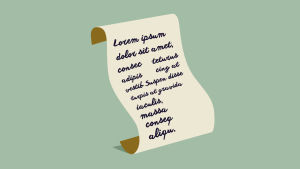
This article is part of our AtoZ Series where we explore CSS values (and properties) of each letter of the alphabet. Letter P is for Placeholder Text.

This article is part of our AtoZ CSS Series where we explore CSS values (and properties) of each letter of the alphabet. Letter H is for Hover..

Guy Routledge explores CSS values and properties from each letter of the alphabet in our AtoZ CSS Screencast Series. Letter H is for Hover.

Guy Routledge explores CSS values and properties from each letter of the alphabet in our AtoZ CSS Screencast Series. Letter E is for :enabled.

This article is part of our AtoZ CSS Series where we explore CSS values (and properties) of each letter of the alphabet. Letter B is for Box-Model.

Guy Routledge explores different CSS values and properties from each letter of the alphabet in our AtoZ CSS Series. Letter B is for Box-Model.
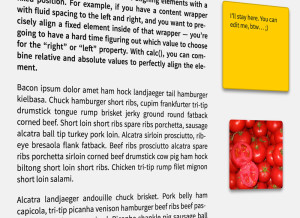
Anselm Urban looks at some neat tricks you can use today in CSS, from fancy CSS animations to a frosted glass effect.

Paul answers anything and everything about CSS positioning — from floats and relative, absolute and fixed positioning to table display and even flexbox.
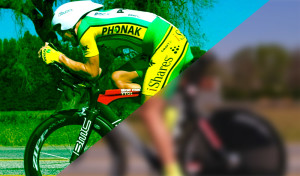
Gajendar Singh looks at the huge range of possibilities available to developers via CSS filters and how to use each one.
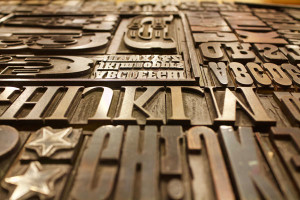
Nitish Kumar looks at the text-align-last property, how it can be used and its various cross-browser quirks to keep an eye out for.
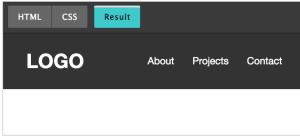
George Martsoukos looks at Flexbox and how to use z-index and auto margins in your CSS layouts.
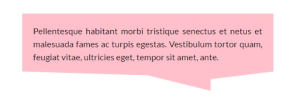
Nitish Kumar explores the CSS clip-path property and how to use it to clip portions of elements.
Georgie Luhur looks at best practices for commenting HTML and CSS, and why well structured comments can make all the difference.
Maria Antonietta Perna takes a look at the syntax for the new @supports rule, which allows you to test for browser features, similar to how Modernizr is used.
Hugo Giraudel explains the new kid on the CSS processor block: CSS Modules and he relates why he thinks this concept is how CSS should be.
Maria Antonietta Perna discusses the capabilities of border images in CSS, describing each of the properties in the border image spec.
The CSS Scroll Snap Points spec is gaining more and more browser support and the standard has been refined. Simon breaks down the properties with examples.